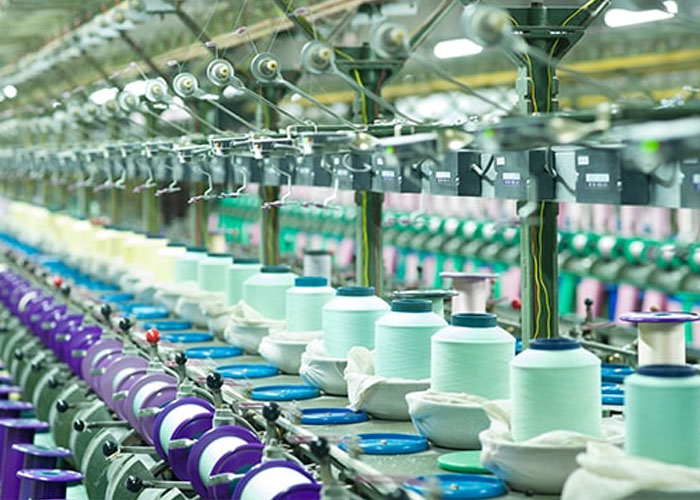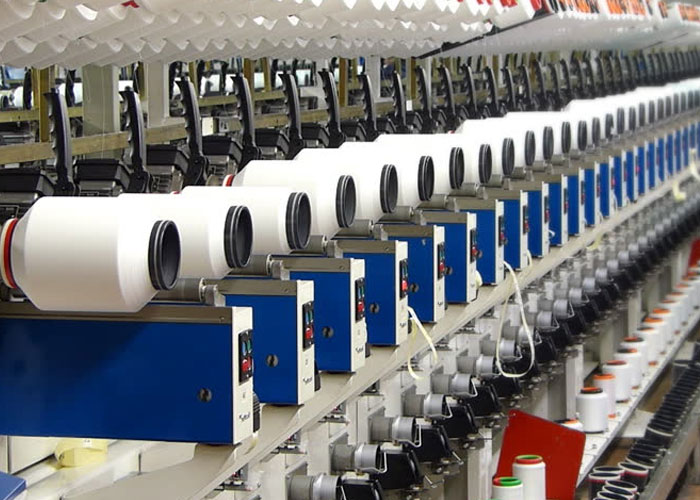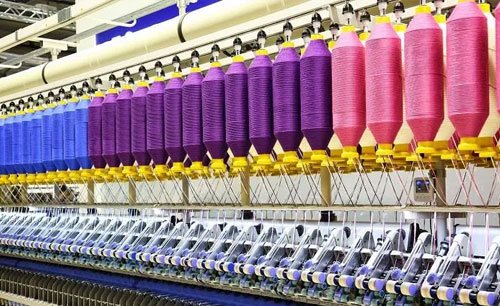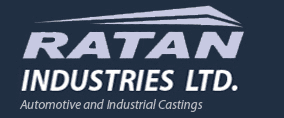This standard specifies wastewater treatment methods and disposal facilities for textile industry effluents. It aims to minimize the requirement for fresh make-up water and prevent water pollution. The methods recommended in this guide are practical and have been selected according to their suitability in Indian conditions. It may be updated with improved techniques as and when they are developed. IS 7967 - 1976+ also lays down the pollution in marine coastal areas.
Depending on the location of your home, you might have to purchase an STP to handle your sewage. Generally, residential buildings need at least one STP to treat sewage. Many STPs are located underground, making them difficult to maintain. Moreover, you may not be able to inspect them without hiring an expert. It is better to consult a professional if you have any doubts about the process.
Treatment of textile effluents
One of the largest consumers of potable water is the textile industry, which also generates a vast amount of wastewater. While typical characteristics of textile wastewater have been documented, the effluents generated by different textile mills may differ greatly from those described. In general, textile effluents are undesirable and need to be treated in order to protect the environment and improve the reuse of water and energy. Different biological processes have been employed for this purpose.
Textile wastewater treatment systems consist of primary, secondary, and tertiary treatment units that remove inorganic salts and organic pollutants. Advanced technology is used in these units, which can achieve zero-liquid discharge. The Zero Liquid Discharge approach is a viable solution for the treatment of textile effluents in India. Depending on the wastewater characteristics, these systems may be required in some locations.
Advanced waste treatment methods
Textile industries can use modern waste treatment processes to achieve high-quality wastewater. The wastewater from textiles includes a high concentration of chemical polymers, which are not biodegradable. Therefore, conventional treatment processes may not be sufficient. Hence, it is essential to use advanced waste treatment methods. Sedimentation can be a good solution. The sedimentation process involves settling the light and medium particles in a sedimentation tank. Horizontal flow sedimentation tanks and centre-feed circular clarifiers are the most common equipment used for this purpose. The settled sludge is then removed by pumping or mechanical scrapping.

Using wastewater as a construction material is a promising option. It can be used as an alternative for bricks, cement, and retaining walls. It can also be used for natural treatments. However, more research is necessary to assess the various methods' cost-benefit ratios fully. Using these natural treatments, the textile industry can improve its sustainable construction materials and reduce costs in the long run. This, in turn, benefits the participating enterprises and the consumers.

Electrocoagulation method
The present study was conducted to investigate the efficacy of electrocoagulation for wastewater treatment in textile industries in India. This technique has been suggested to treat wastewater generated by textile industries as an alternative to conventional methods. This treatment method does not lead to the formation of secondary pollutants such as nitrates. It is also cost-effective. The results of the study were presented in a scientific report. Ultimately, electrocoagulation can be used for wastewater treatment in textile industries in India.
The pH of the water is one of the critical parameters in the EC process. The optimum pH range depends on the electrode material and dye structure. It is important to select the correct pH range to ensure the best results. This will minimize the environmental remediation costs associated with the process. Moreover, optimum pH results in an efficient process. The present study chose the pH ranges of different wastewater treatment plants in India.
Chitosan method
There are several advantages of using chitosan for wastewater treatment. Its properties include a high degree of biodegradability, and its use has long-term potential in the textile industry. The researchers acknowledge financial support from Hong Kong Polytechnic University, Jiangsu Province, China, and the 111 Project. These sources have been vital in the development of this method. This paper reviews the key advantages of chitosan for wastewater treatment in textile industries in India.
This adsorbent is made of natural ingredients, such as chitosan. It combines with an acid to neutralize a wide range of chemicals. Chitosan has the added advantage of being biodegradable and nontoxic. It can also remove metal ions from wastewater. Hence, it is a highly effective wastewater treatment method. Its properties make it a desirable candidate for wastewater treatment in textile industries in India.
Traditional membrane process
Textile effluents should be treated properly to minimize toxic pollution. To accomplish this, wastewater treatment and reuse techniques must be advanced. This paper discusses textile effluent characteristics and national standards and reviews available technologies to treat wastewater and recover water. We also discuss the benefits of advanced wastewater treatment methods for textile industries and the costs and benefits of each. We also describe how the various technologies can reduce the amount of wastewater pollutants and improve water quality.
Aquarius H2O Dynamics has selected a new technology called hollow fibre direct nanofiltration membranes (dNF40) for a textile company in India. This new process will recycle a wastewater treatment plant by employing 32 dNF40 membrane modules to remove colour completely and reduce total dissolved solids. The technology has been proven to reduce wastewater costs by as much as 90 per cent. However, the cost of operating a membrane plant may be high, as electricity costs are often higher than the cost of freshwater.







































Share Post